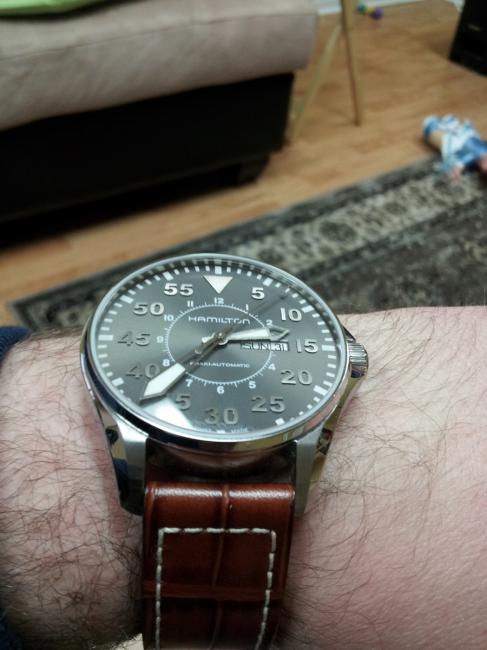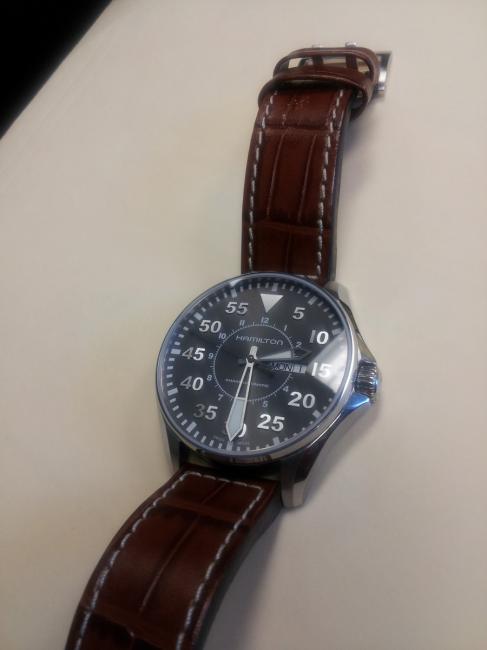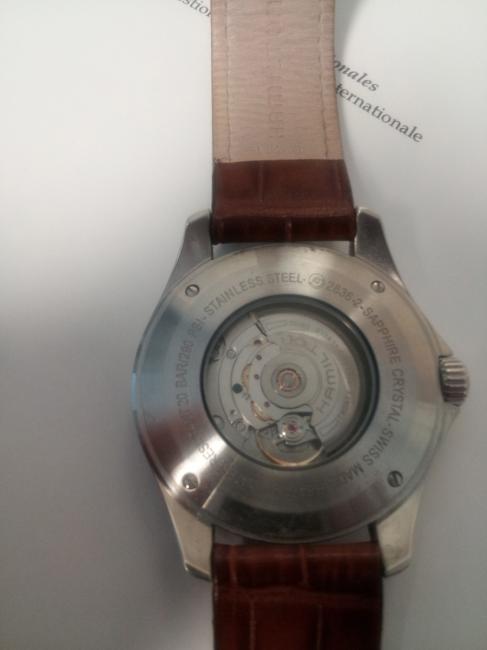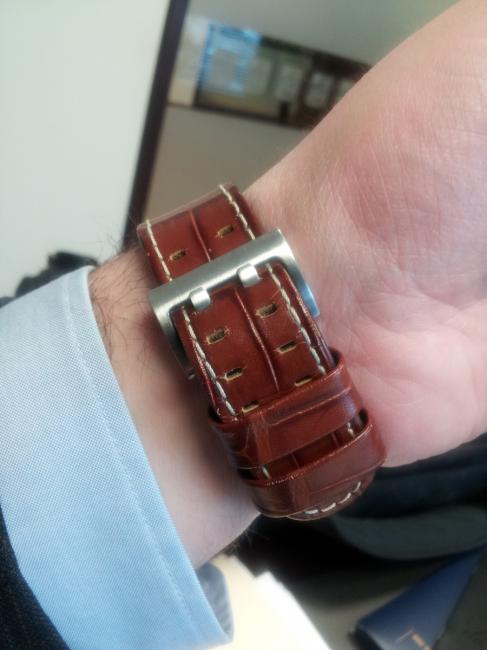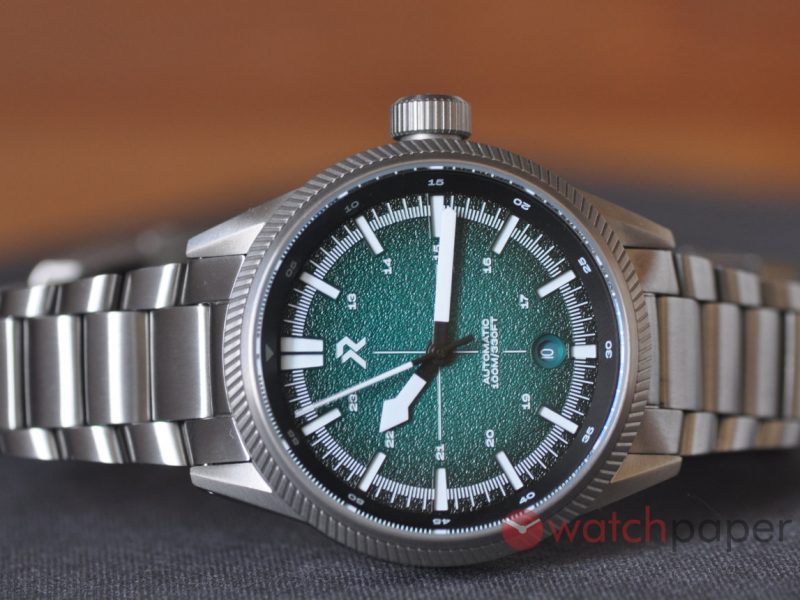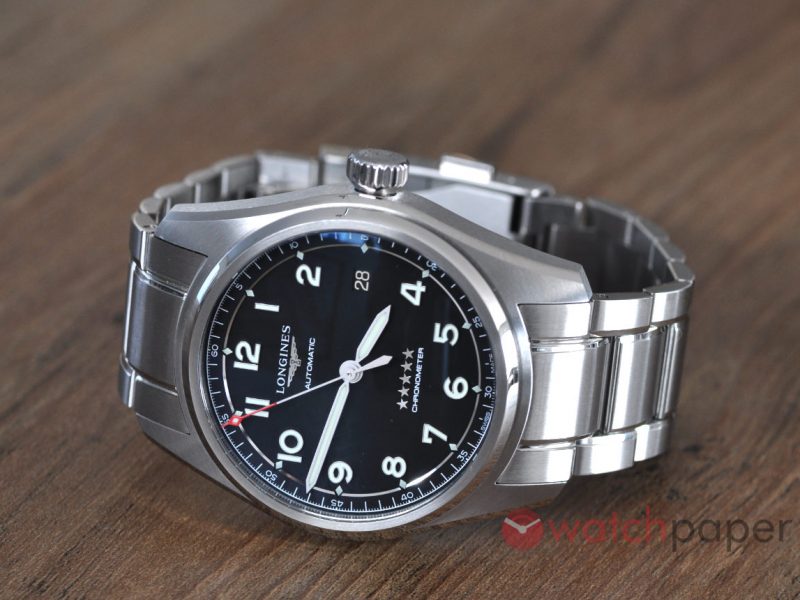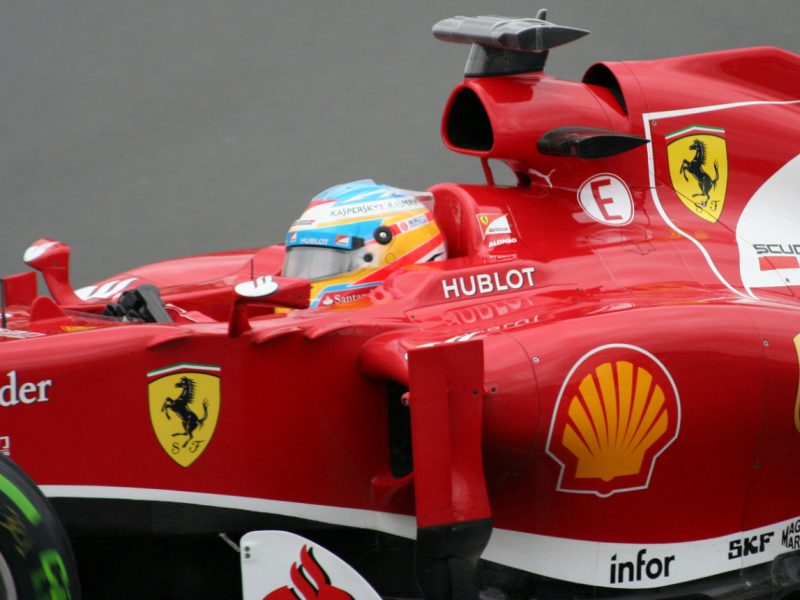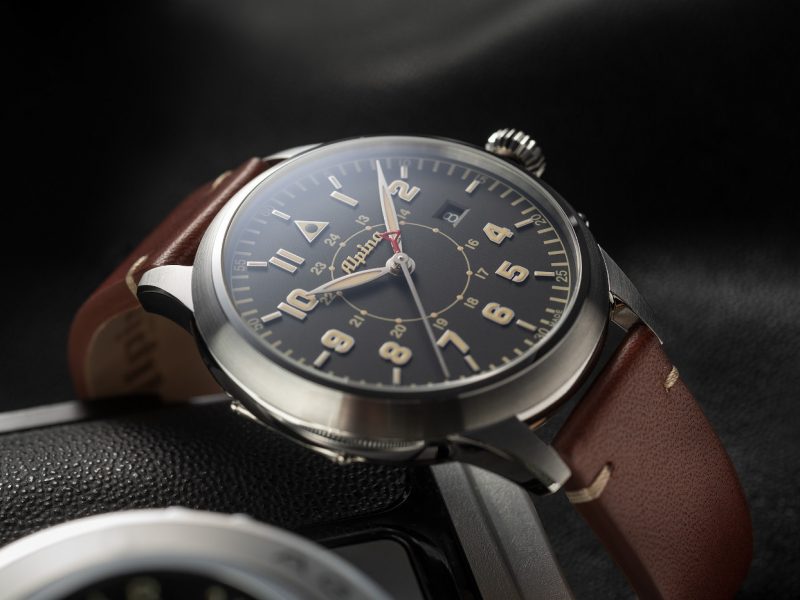Aces High
My pal, Glen, asked me to write a blog post on pilot watches. Glen gets a stiffy whenever he thinks of an IWC Big Pilot. So do I- it’s nothing to be ashamed of.
Earlier, I blogged about the allure of mechanical watches. For me, a big part of this allure is that, once upon a time, mechanical timepieces were a vital tool for many professionals. Think back to the early 1900’s railroad engineers, maritime professionals, military personnel, pilots, etc, depended on mechanical devices to keep track of time. There were no onboard computers back then. There were no cell phones. Wearing a mechanical piece is a reminder of those days gone by — the age before we all depended on electronics.
Now what makes a pilot watch or aviator watch? Think back to World War II. Imagine the pilots flying above Europe on daring missions. They depended on keeping reliable time for navigation and to carry out missions. The cockpits of their aircraft must have been some pretty hostile environments. So the number one requirement for their timepieces was legibility. This requirement inspired large dials. It also inspired black dials with white numbers for better readability in adverse conditions. This is why I like so many pilot designs. They typically have large dials, with big, bold numbers. It looks cool.
Another requirement of military pilots was the ability to synchronize watches for missions. And this inspired the “hacking function” which allows you to stop the seconds hand when setting the time. This is important for me as I like to set my watches to a specific time so that I can measure the accuracy.
Magnetic fields were a problem for pilots during WWII because of the radars being used created magnetic fields strong enough to affect their watches. Even today, magnetic fields inside a cockpit can affect a watch’s accuracy, so watchmakers have developed special metals and alloys to counter this problem.
Large, oversize crowns are a distinctive feature of many of my favorite pilot watches. This gives them a really industrial look — very utilitarian. I like this. I have always preferred professional-type watches over jewelry-type watches. I prefer a watch that looks like it was designed for a specific purpose — like diving, racing or flying. Obviously, pilot watches score big points here.
If you want to look up cool pilot watches, here are a few:
IWC Big Pilot
Bell & Ross BR01
Alpina Heritage Pilot (a retro piece)
Oris have a whole line of aviator watches
Zenith have a giant pilot piece with GMT
I own one pilot-style piece — the Hamilton King Pilot 46mm. It’s certainly not the most high end of my watches, but it looks amazing. I can hear the watch snobs already — ‘’that’s just a cheap rip-off of the IWC Big Pilot!’’ Maybe so. But isn’t the Omega Seamaster just a rip-off of the Rolex Submariner? You could debate this all day. The King Pilot is a work of art, in my opinion. Like the features I mentioned above, it has a huge dial, bold numbers, big hands and both a day AND date display.
The more time goes by, the more our lives depend on electronic gadgets which depend on electricity and GPS signals. Wearing a mechanical timepiece is a reminder of a simpler age and pilot watches really embody this idea.
Yours truly,
TimeCaptain


